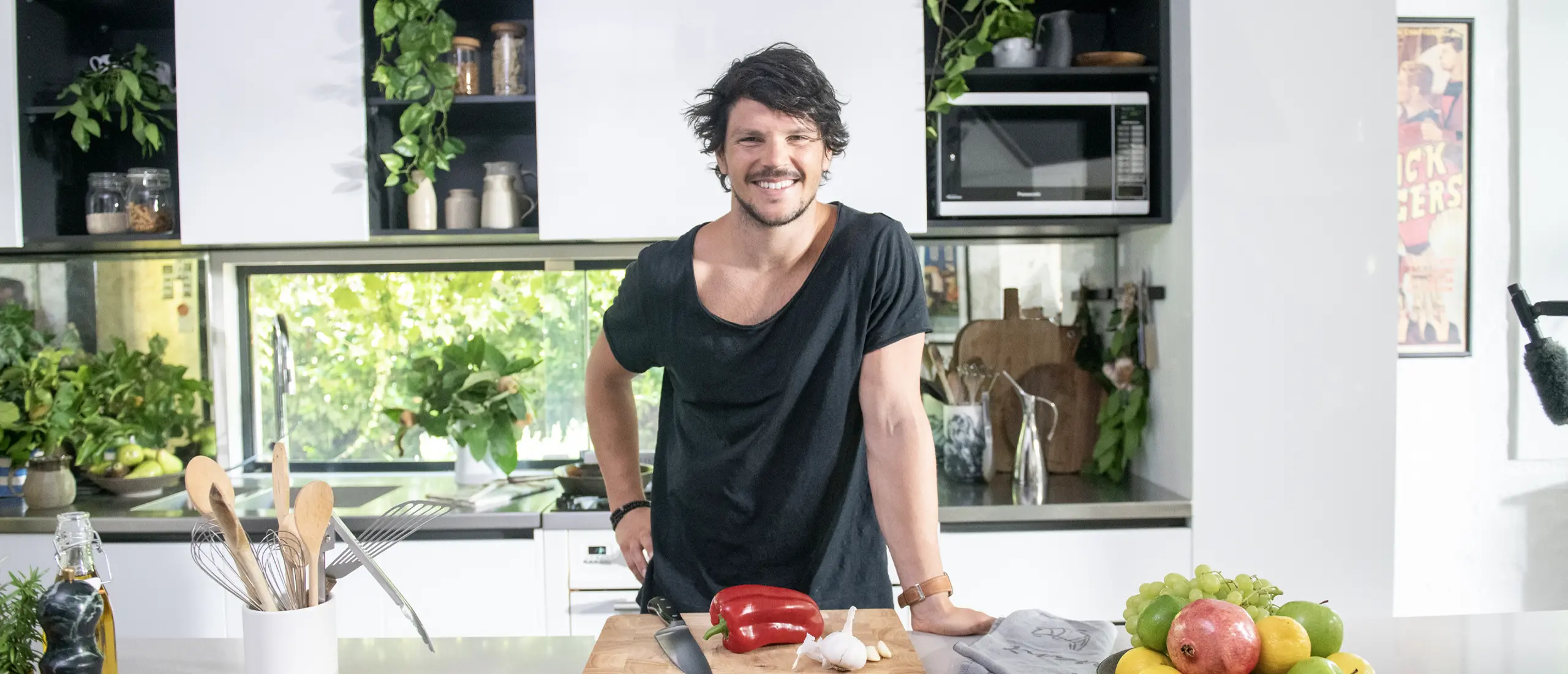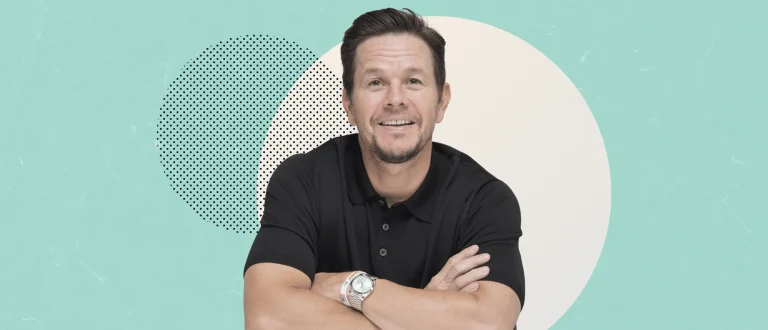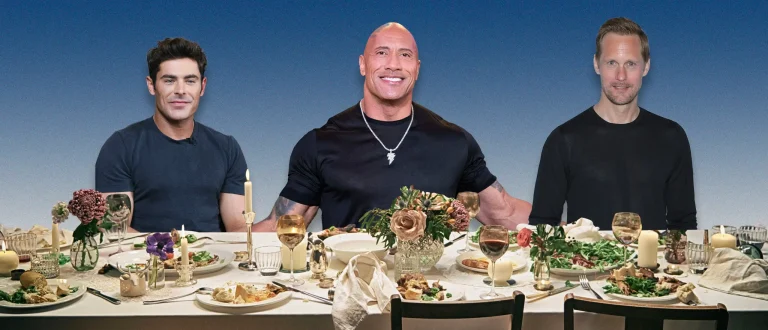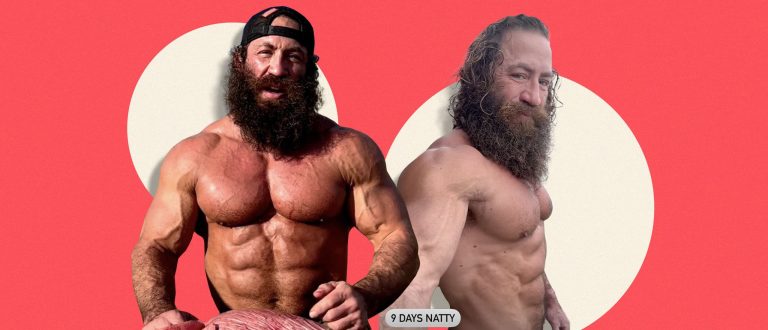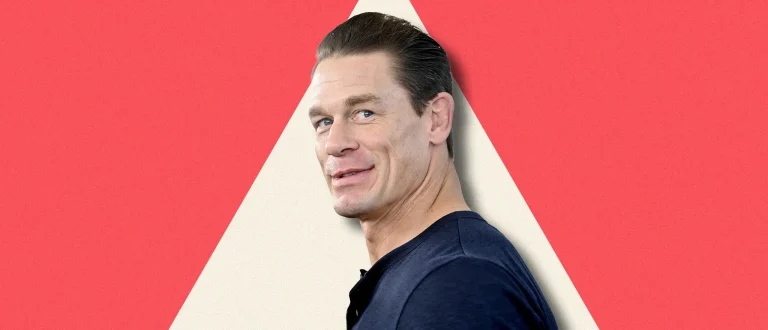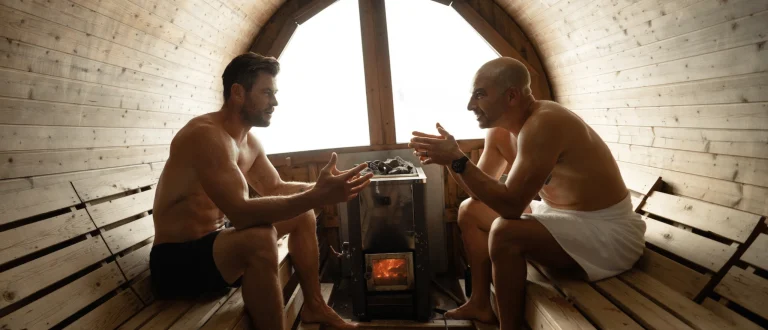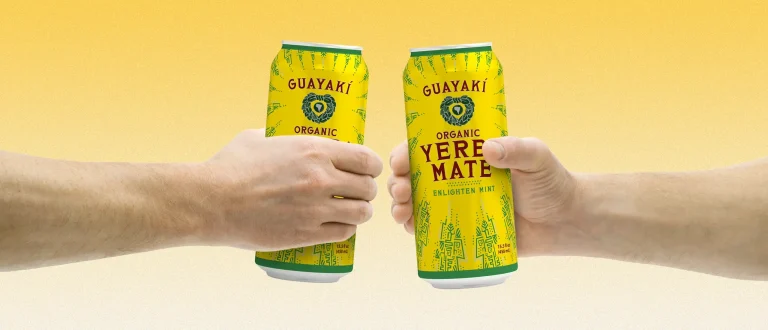You may not consider yourself a performance athlete, but according to performance chef Dan Churchill, we all perform every day in some way. For some, that’s training for a triathlon; for others, it’s gearing up for a big presentation at work or chasing after the kids.
Churchill gets the day-to-day struggle more than the average chef. The Australian has crushed his share of marathons (most recently, Boston). He’s also been a personal chef for professional athletes like Olympic skier Lindsay Vonn and NBA star Dwight Howard (and famously fit celebs like Chris Hemsworth). He’s also host of The Epic Table podcast, owns The Osprey (a Brooklyn plant-forward restaurant), and posts legendary fridge clean out and day-in-the-life videos to his social media channels like it’s his full-time job.
How does he perform at such a high-level day in and day out? Simple: food. “What you eat makes a huge impact on how you feel and perform,” says Churchill. And it doesn’t have to look like the grainy protein shakes and stale plates of chicken and rice we’ve all come to expect. In his new book Eat Like a Legend he argues that to perform your best food should be delicious and easy, and proves it with page after page of mouthwatering recipes.
We chatted with Churchill about his performance nutrition philosophy and why he believes reframing how you eat can boost digestion and performance. We also get into how to use wearables to tap into more personalized performance and Churchill’s favorite recipe from the new book.
The Edge: Where do most everyday athletes go wrong when it comes to fueling for performance?
Dan Churchill: Most of them undereat. People want to look good, and as a result, they question food in larger quantities because they’re concerned it’s going to make them look a certain way. But that ends up being detrimental to their performance.
Athletes exert so much energy during their workouts, that they inherently burn more calories. On top of that, I have found that they tend to underestimate their metabolism—so even on a chill day, they’re burning more calories than they think.
What if you want to perform well and feel good, but also look good?
If you eat for performance, cognitively you’re fueling your brain. Hormones like serotonin are elevated, which makes it more likely that you’ll look at yourself in a positive light when you look in the mirror. On top of that, you’ll perform better and move into a state of progressive adaptations—muscle gains, and high metabolism—which ultimately leads to you looking better.
Your “Eat Like a Legend” philosophy doesn’t focus on counting calories or macros. Why not?
I don’t like numbers, but they do offer a guide. They can help quantify what we’re doing. For example, eating enough for performance is rooted in numbers. In principle, I want people to understand their calorie base, and protein especially as a ratio of calorie intake; but, I also want them to be able to enjoy themselves.
Once people understand what they’re eating through numbers, I look at ways to wean them off. The end goal is to be able to enjoy a meal based on flavor, subliminally knowing you’re hitting those numbers in the background.
Where do most people go wrong with macros?
Macronutrients are important, but we assume they’re more important than micronutrients (vitamins and minerals). Most people know that we rely on protein to build muscle or carbs for energy, but we also rely on specific micros to function. Micros are just as important as macros.
I look for easy ways to get more micros—people just need to eat more plants. I champion plants. And I’m not saying skip meat—eat your red meat, chicken, fish, everything, but also eat a lot of plants.
Just aim to get a few more in there. Focus on what’s approachable and available. It can even be as simple as adding in a chili pepper, onion, or lemon to add some flavor—every little bit counts.
CELEB DIETS
Which micros do athletes consistently fall short on?
I look at magnesium and iron. Leafy greens are a good source of both. On top of that, vitamin C—from plants like citrus, bell pepper, and tomatoes—can boost their absorption.
In your book, you say your environment and mood impact digestion. How so?
If you’re eating in an environment that stresses you out, it’s going to affect your digestion.
I’m a chef in a kitchen. You think it’d be easy to whip up a meal, but eating there is actually really hard. It’s stressful, I can’t sit down and relax during a meal.
For most people who work in an office, it’s the same—they’re eating at their desks while they work. Reality is, unless that work makes you feel whole or relaxed it’s going change how your body is absorbing and using that meal.
Here’s what I tell people to focus on:
- Highlight your environment to put you in a parasympathetic (rest and digest, i.e. non-stressful) state—whether that’s finding a quiet spot, or somewhere that pulls you out of that stress.
- Identify ways to modulate your environment. Sometimes you can’t change your environment but you can always do something to create peace: listen to music, take deep breaths, take a moment to be grateful for your meal, or watch a TV show you like.
- Put yourself first. What and how you eat comes down to choosing to put yourself first.
High-protein is super in right now. Is that a good thing?
It’s more important that people understand protein than just blindly consume it. When you’re consuming things you should always know the why. What does protein actually do? For one, it helps build strong muscles. But without enough iron and magnesium, your muscles won’t have enough energy to contract. So, it’s not all that matters.
On top of that, what’s a healthy range for you? That will depend on what you’re training for, how hard you’re training, and individual factors like weight. For most people, focusing on hitting 1 gram of protein per pound of body weight is a good starting point, but you might want to shoot above or below that depending on your output.
Your focus is mostly on real, whole foods. How do you feel about protein powder?
Protein powder is an easy way to meet your needs, but it’s important to seek out a brand that tests everything. I’m doing BPN right now. I just started doing their whey and vegan protein powder—I really only like doing whey once a day. I do their creatine as well. I like that their products are third-party tested.
Some experts say not to put bananas in your smoothies because they have an enzyme that counteracts the polyphenols in berries. Are they overthinking it?
This is a perfect example of creating complexity where it’s not needed. Food is meant to be simple. When we really break it down, is science actually telling us not to eat fruit because it counteracts something else? No.
A banana is a wholesome fruit full of potassium and complex carbohydrates that are so good for you. Shove that in the blender with a bunch of stuff: flax seeds, chia seeds, blueberries, protein, some nut milk—after a workout, nothing hits better.
What do you think of intermittent fasting?
The first Monday through Friday of the month I’ll do an eight-hour eating window for four days. I’ve done this enough to know that it resets my system, and makes me feel good. I still manage to get a decent amount of my target (food) within that timeframe.
The key is you have to be intentional about it. If you’re going to fast, there needs to be purpose and an emphasis on getting enough quality fuel during your eating window.
Do you wear a CGM to track blood glucose?
CGMs show us that we don’t all respond to food the same—that can be valuable information for your health and especially for performance.
From wearing a CGM, I found out the way I respond to apples is actually really poor in comparison to bananas. Which is interesting because bananas typically have a higher glycemic index, but that’s just my body’s response to apples. I have to be cautious with my apple game (laughs).
Another example: I had a client, a young guy who came to me because he had become prediabetic. We ended out adjusting the way he was eating carbs based on his CGM—and of course, focused on getting more protein and fats—and he’s responded so well. But I couldn’t give that same plan to someone else because it’s all very individualized and based on him. CGMs and other wearables can be really important for dialing in some of those individual factors.
MORE HEALTHY HABITS
What’s your favorite recipe from the book?
I’m really excited to introduce people to an Aussie Cafe Banana Bread. It’s delicious and good for a burst of energy before a workout.
Prep Time: 40 minutes
Cook Time: 1 hour
Serves: 8
Ingredients:
- 1 cup pitted dates
- 1 ½ tsp baking powder
- 1 cup boiling water
- 1 stick unsalted, grass-fed butter, softened at room temperature, plus extra for greasing the pan
- 1 cup coconut sugar
- 3 over-ripe bananas, chopped in about 20-inch pieces
- 1 egg
- 1 ¾ cup all-purpose flour
- 1 tsp kosher salt
- ½ tsp ground cinnamon
- ½ cup walnuts roughly chopped
Instructions:
- Preheat the oven to 325℉ and position a rack in the center.
- Stir together the dates, ½ tsp baking powder, and boiling water in a medium bowl and let the dates sit for 20 minutes to soften. Transfer the dates and half the soaking water into a small food processor and blitz until smooth, gradually adding more water until it’s smooth and pourable. Pop it in the fridge until cool, about 20 minutes.
- With a standing or handheld mixer, beat together the butter and sugar on medium speed until creamy and slightly fluffy, 2 to 3 minutes. Add the bananas until the butter and sugar are absorbed, then add in the date puree and keep mixing for 1 minute on medium speed.
- Swap to the whisk attachment and whisk in the egg. Turn the speed to high and mix until the batter forms ribbons as it drips off the whisk, 3 to 4 minutes.
- In a large mixing bowl, mix together the flour, salt, cinnamon, and the remaining 1 teaspoon baking powder. With the mixer on low speed, add a third of the flour mixture to the wet ingredients; beat until it’s fully incorporated, and then add another third, beat, and the final third. Fold in the walnuts using a spatula.
- Grease a loaf pan with butter, scrape in the batter, and give the pan a few firm taps against the counter to evict any air bubbles. Bake on the center rack until a knife inserted into the middle comes out clean, 45 to 55 minutes.
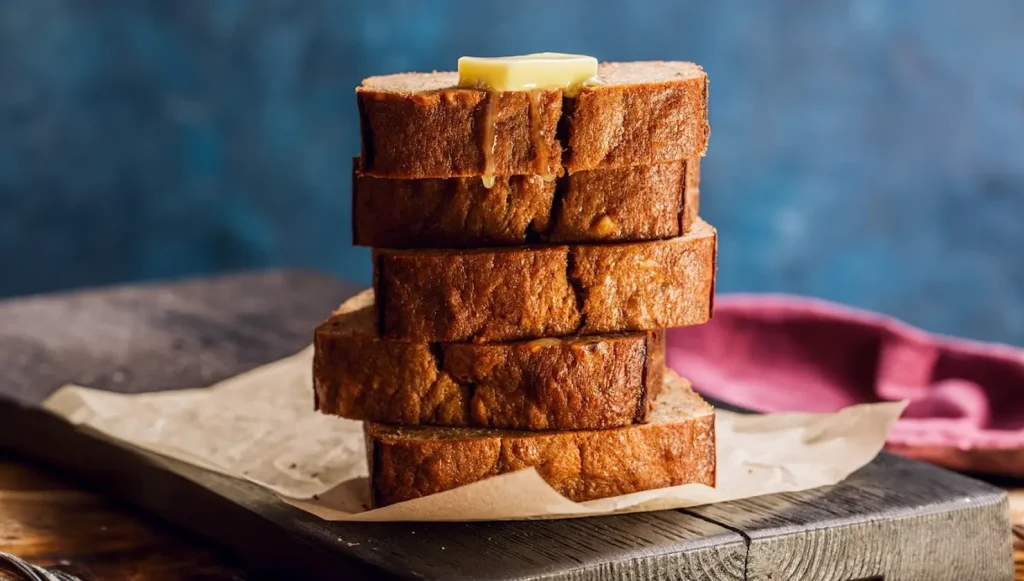
Finding My Edge: The One Thing…
What’s the one thing you wish you knew about staying healthy and fit in your 20’s?
To focus on being one percent better. The idea of compounding interest in adaptations doesn’t exist in your early 20s. But when I look back, if I would have stuck to my training consistently I would be a savage right now—anaerobically, physically, ability-wise. If you do something consistently enough it will compound to a huge success. It takes time.
What’s the one thing you always have to do when working out?
This sounds so basic, but I have to have my food dialed in—I like to know I have food prepared for after my workout or at least know exactly what I’m going to eat. It’s easy to forget when you’re busy, but it’s important to put yourself first like that.
What’s the one thing you tell yourself on a day you’re not motivated to work out?
My dad taught me from a young age that if you want to get something done, do it yourself. No one else is going to do it for you. No one else can push that sled, run that mile, or lift the weight—it has to be you.
What’s the one thing you always have in your fridge?
AG1 and veg. My favorite is sweet potato. I also love lemon, like lemon juice. I explain how to build flavor in my book, but when it comes to seasoning your food, acidity—or lemon in particular—is like the DJ that brings all the flavors together.
What’s the one thing you have every day?
Coffee. I take it black—two, 3-ounce shots in the morning and one after lunch.
What’s your one unhealthiest habit?
Phone unplugging before bed.
What’s one exercise you’d be happy to never do again?
Stretching. I’m a sweat and grit kind of guy. My mental state craves hard-ass work, and stretching can feel monotonous. But it’s important, I know I should do more. Recently, I’ve gotten into Pliability (an app with guided mobility videos) and the difference in my before and after is crazy.

